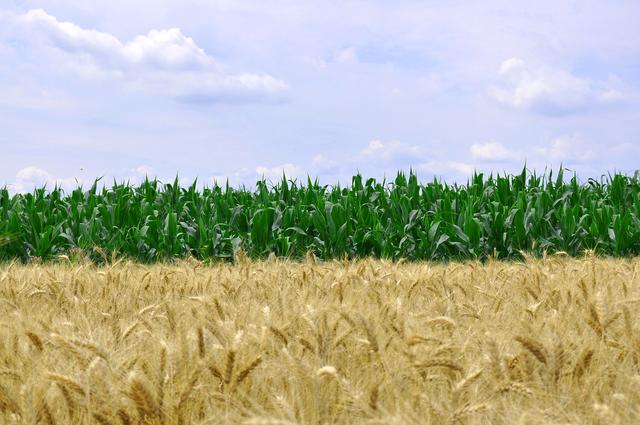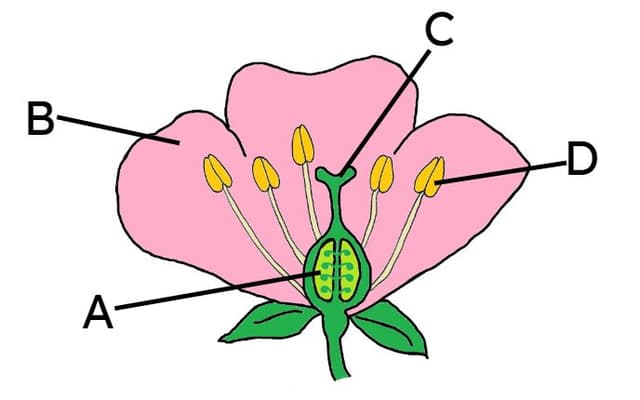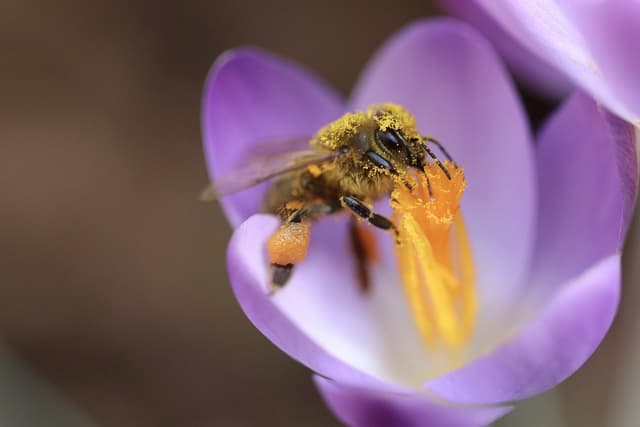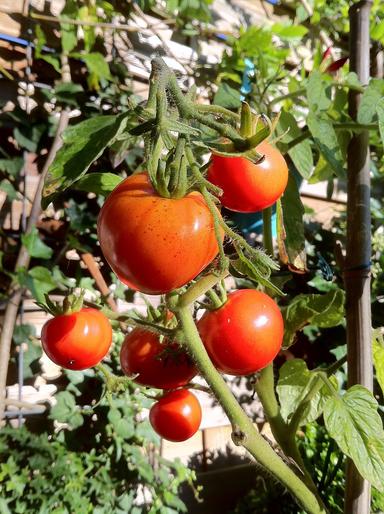Myths about teaching can hold you back
- Year 5
Selective breeding of plants (non-statutory)
I can describe how selective breeding can be used to create improved plants.
- Year 5
Selective breeding of plants (non-statutory)
I can describe how selective breeding can be used to create improved plants.
These resources were made for remote use during the pandemic, not classroom teaching.
Switch to our new teaching resources now - designed by teachers and leading subject experts, and tested in classrooms.
Lesson details
Key learning points
- Pollination is the transfer of pollen from one flower to the stigma of another flower.
- Plant offspring grown from seeds will have a combination of characteristics of their two parent plants.
- Selective breeding involves producing offspring from parents that have desirable characteristics.
- Selective breeding can create new varieties of good crops, with higher resistance to pests and disease.
- Artificial pollination can be done by hand to produce offspring with desired characteristics.
Keywords
Pollination - Pollination is the transfer of pollen from one flower to the stigma of another flower.
Parent plant - A parent plant is a plant that has reproduced and created offspring.
Characteristics - A characteristic is a feature or property of something that we can use to help identify it.
Offspring - Living things create offspring when they reproduce.
Artificial pollination - Artificial pollination is carried out by humans, and does not require the help of animals, such as insects, or the weather.
Common misconception
Pupils may not understand how plants of the same species can vary from one another and assume they are all the same because the differences are not obvious.
Explain that plants can have different characteristic within a species, such as size and shape of fruit or colour of flowers.
To help you plan your year 5 science lesson on: Selective breeding of plants (non-statutory), download all teaching resources for free and adapt to suit your pupils' needs...
To help you plan your year 5 science lesson on: Selective breeding of plants (non-statutory), download all teaching resources for free and adapt to suit your pupils' needs.
The starter quiz will activate and check your pupils' prior knowledge, with versions available both with and without answers in PDF format.
We use learning cycles to break down learning into key concepts or ideas linked to the learning outcome. Each learning cycle features explanations with checks for understanding and practice tasks with feedback. All of this is found in our slide decks, ready for you to download and edit. The practice tasks are also available as printable worksheets and some lessons have additional materials with extra material you might need for teaching the lesson.
The assessment exit quiz will test your pupils' understanding of the key learning points.
Our video is a tool for planning, showing how other teachers might teach the lesson, offering helpful tips, modelled explanations and inspiration for your own delivery in the classroom. Plus, you can set it as homework or revision for pupils and keep their learning on track by sharing an online pupil version of this lesson.
Explore more key stage 2 science lessons from the Reproduction and life cycles: plants unit, dive into the full primary science curriculum, or learn more about lesson planning.

Equipment
None required.
Licence
Prior knowledge starter quiz
6 Questions
Q1.If something is desirable, it is …
Q2.What is a parent plant?
Q3.What is the name for plants that have been grown to be sold?

Q4.What are the characteristics of a living thing?
Q5.Match the part of the flower to the correct name.

ovary
petal
stigma
anther
Q6.Starting with the one that happens first, put the steps of animal pollination in the correct order.

Assessment exit quiz
6 Questions
Q1.Pollination is when pollen is transferred ...
Q2.Plants grown from seeds have …
Q3.What is selective breeding?
Q4.For selective breeding, pollination can be done by hand using parent plants with the most desirable characteristics.
Q5.Selective breeding of plants can create new varieties of crop plants with desirable features such as …
Q6.Which two tomato plants might a farmer choose to artificially pollinate?



